The most famous stegosaurs
13.12.2023 03:26
2721 views
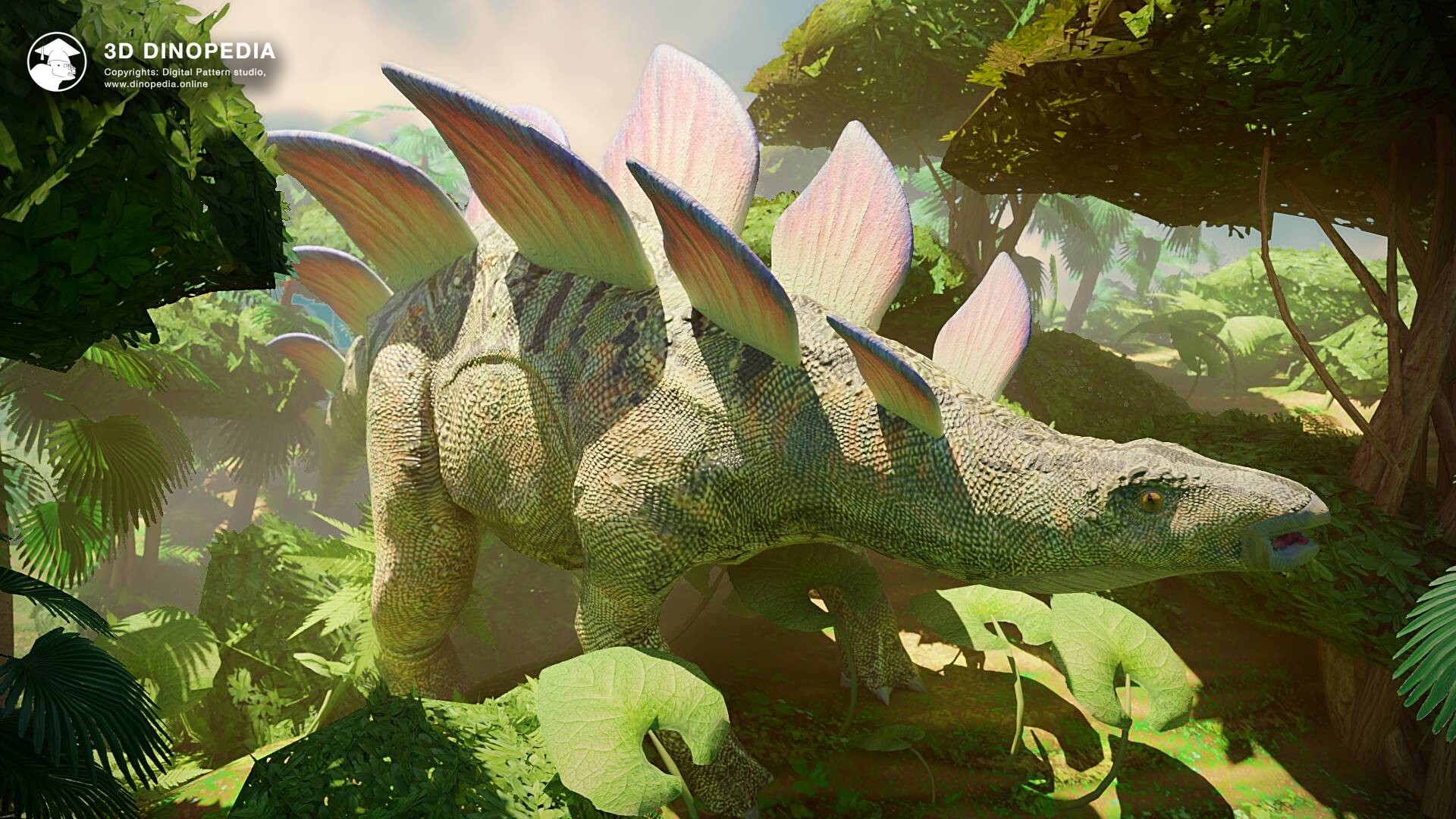
The lizard's head, four powerful legs, a back resembling the battlements of a castle, and a tail with spikes. Today, the image of the stegosaurus is familiar to everyone. But it was not always so. At the end of the 19th century, when the great paleontologist Othniel Charles Marsh first saw the bones of a prehistoric animal, he could not understand how exactly this creature looked. The first reconstructions of this animal now seem utterly absurd. The animal was placed on two legs, the plates were laid on its back like tiles, arranged vertically, but facing each other, not in a checkerboard pattern, spikes were attached to the back, and eight spikes were placed on the tail instead of four. It took several decades to establish the modern "canonical" appearance of the stegosaurus. Looking at old vintage images of the lizard, one can't help but think - how could the animal's appearance have been reconstructed in such a strange and ridiculous way?
However, it should not be forgotten that the stegosaurus is a very unusual creature. Usually, when reconstructing the appearance of ancient animals, data on modern animals are used. But today, there is no one who would be similar to the stegosaurus. So it is much more logical to ask the opposite question: how did paleontologists manage to reconstruct such a fantastic appearance of the lizard, having no examples before their eyes? The answer lies in the fantastic finds of almost complete skeletons, which allowed us to see the true picture. Let's get acquainted with the most famous stegosaurs in history, which allowed us to uncover the secrets of the external appearance of this prehistoric plate carrier.
The fossils first called "stegosaurs" were found in 1850 north of the town of Morrison in the state of Colorado, USA. Charles Marsh studied them in 1877. But these scattered remains of several vertebrae, plates, and bone fragments cannot be considered a complete skeleton. Due to the poor preservation of this specimen, even the species "armed stegosaurus" (Stegosaurus armatus), described by the paleontologist, was later declared invalid.
The first unique specimen that allowed a much better understanding of the structure of the stegosaurus was found in 1885. It was discovered by the farmer Marshall Parker Felch in a quarry in Garden Park, near Canon City, Colorado, USA. Today, this quarry bears Felch's name. The skeleton was divided into blocks and sent to C. Marsh. Thanks to this find, the great paleontologist was able to understand the true structure of the stegosaurus much better, giving his reconstruction a more familiar appearance, as well as describing a new species - the narrow-faced stegosaurus (Stegosaurus stenops). Today, this species is considered the typical, "standard" stegosaurus.
What was this specimen like? The skeleton, assigned the catalog number USNM 4934 (National Museum of Natural History at the Smithsonian Institution and United States National Museum), consists of a flat slab with a preserved skull, almost complete spine, ribs, 17 vertically aligned plates on the back, limb bones, and 1 tail spike. Subsequently, other more-or-less complete skeletons were found, but none of them provided as much new information as USNM 4934.
The next skeleton, which revealed a lot about the anatomy of Stegosaurus, was discovered more than 100 years later, in 2003. This specimen was found at the “Red Canyon Ranch” near the town of Shell in Wyoming, USA. This skeleton was preserved more than 85%, which is phenomenal for bones that are 155 million years old! It took 1.5 years of meticulous work by the staff of the Aathal Dinosaur Museum in Switzerland to carefully extract all the bones from the rock and assemble them. In total, about 360 bones were found, including 19 plates and all 4 tail spikes. Often, skeletons with incredible preservation receive their own names. And this skeleton was no exception, receiving the female name “Sarah” after the daughter of the landowner where the skeleton was found. However, the skeleton was later purchased by the Natural History Museum in London. The museum was able to make the purchase thanks to a donation from the banker and philanthropist Jeremy Herrmann. In this museum, the skeleton found its permanent place of storage and display, and also received its official catalog number - NHMUK PV R36730. It was also decided to change its unofficial name to “Sophie,” in honor of Jeremy Herrmann's daughter. Under this name, it gained wide recognition. Subsequently, “Sophie” was extensively researched, its length determined to be 5.6 meters, height 2.9 meters, and the most accurate modern reconstruction of the narrow-faced stegosaurus was made based on it, weighing in at 1560 kg and aged at the time of death - 6-7 years. Interestingly, although the Stegosaurus was given two different female names, paleontologists are absolutely not sure that the Stegosaurus was female.
Unlike Tyrannosaurs, Stegosaurus rarely have the honor of being named. Only one other Stegosaurus can be noted that received its own name. This happened in 2005. The Stegosaurus was discovered in an unexpected place - in the Berezovsky quarry near the town of Sharypovo in the Krasnodar region of Russia. The specimen could not boast phenomenal preservation, as only part of the vertebrae, ribs, part of the pelvis, and one plate are known. Such a small amount of skeletal remains did not even allow for an accurate determination of the genus and species of the dinosaur. Most likely, it belonged not to the classic Stegosaurus but to another genus in the family. But this specimen had a number of unique features. It lived about 10 million years earlier than the most famous American Stegosaurus, and very few findings are known from layers of such age. Moreover, it was the most complete Stegosaurus specimen found in Russia. Thanks to this, it received not only an official catalog number - SHRM 3-214/1, but also an individual name - YuraSHKa. This name is an abbreviation of several words - “yura” for the Jurassic period, “Sh” for the place of discovery near the city of Sharypovo, and “K” for Sergey Anatolyevich Krasnolutsky, an artist and amateur paleontologist who discovered and participated in the study of the Stegosaurus.
Stegosaurus and their relatives continue to amaze us. Every year paleontologists make new discoveries, allowing us to better understand the structure, behavior, and lifestyle of these prehistoric reptiles.
You can read more about Stegosaurus and the history of their discovery and study in the dinosaur card in the “3D Dinopedia: Paleontology” app.
Discussions
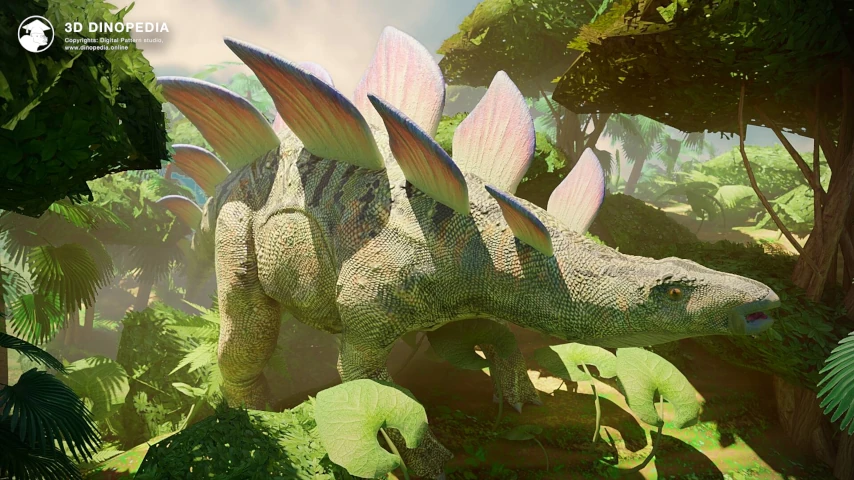
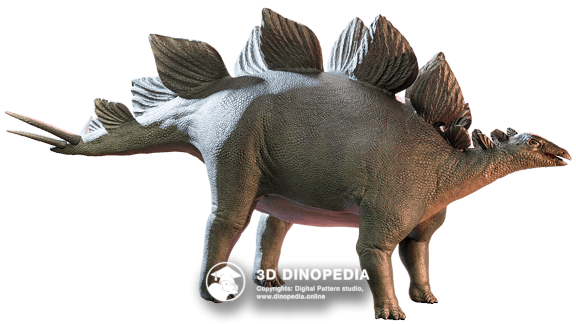


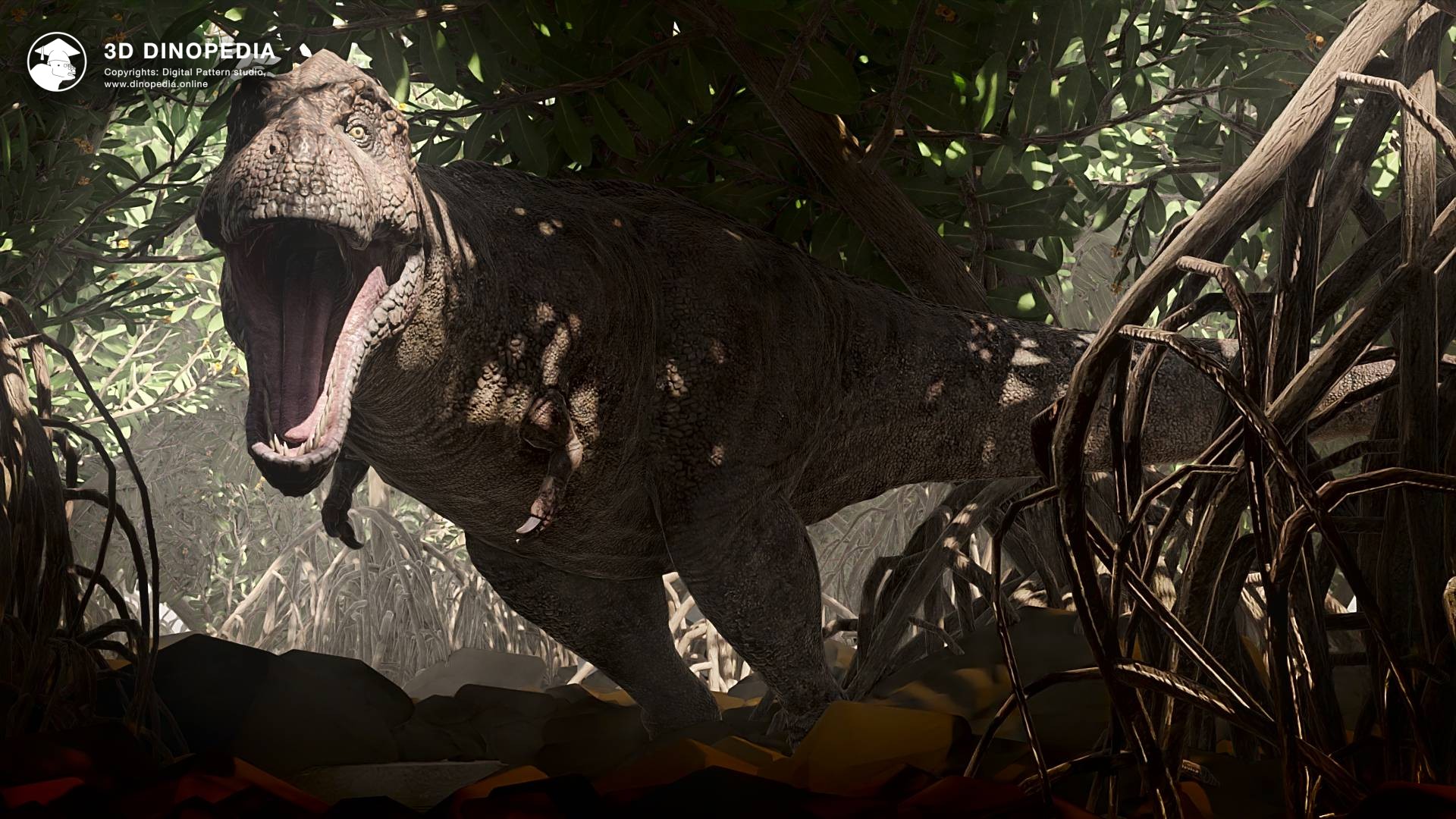
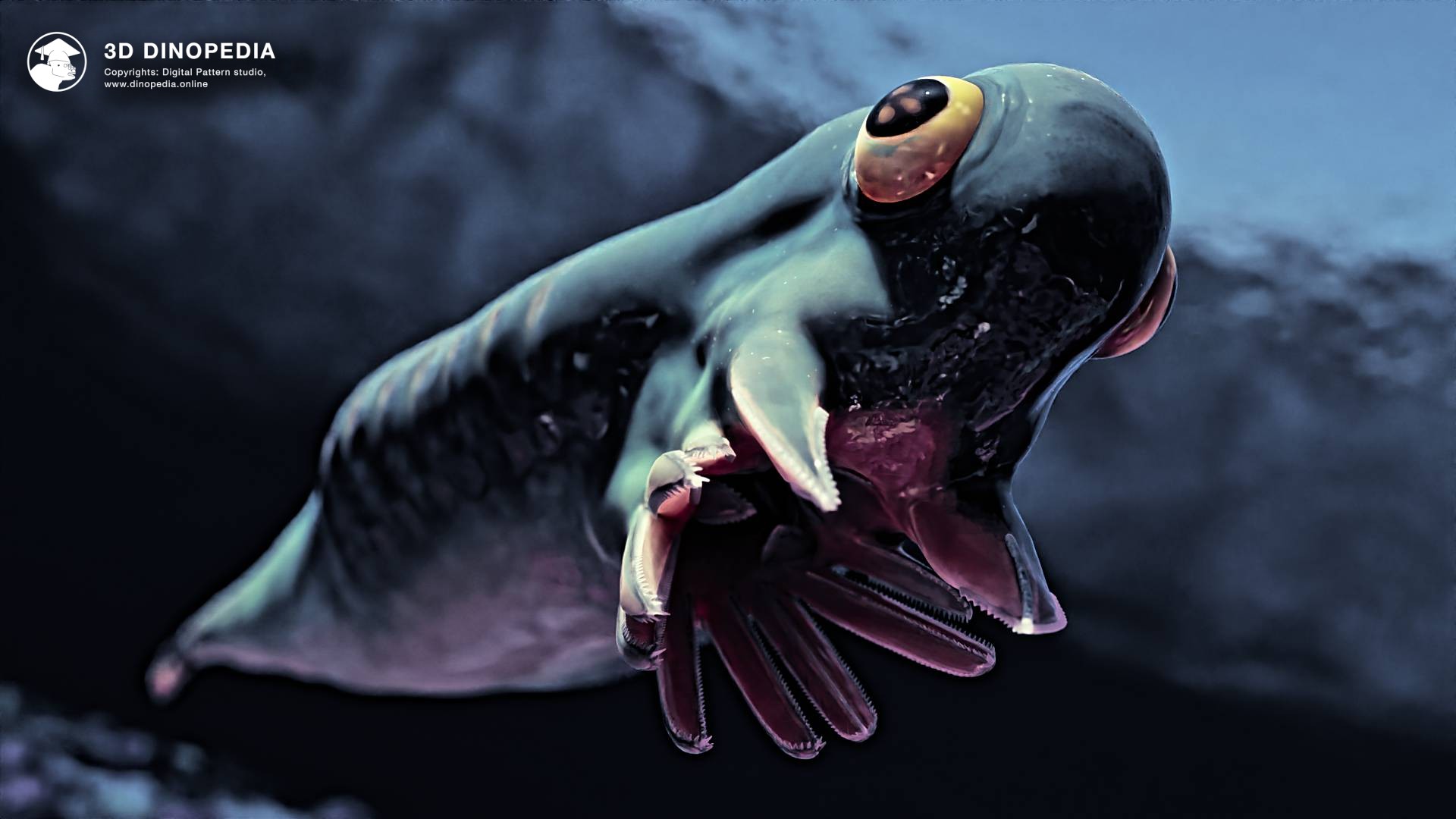

{{ count }} comments
You must login to write a comment